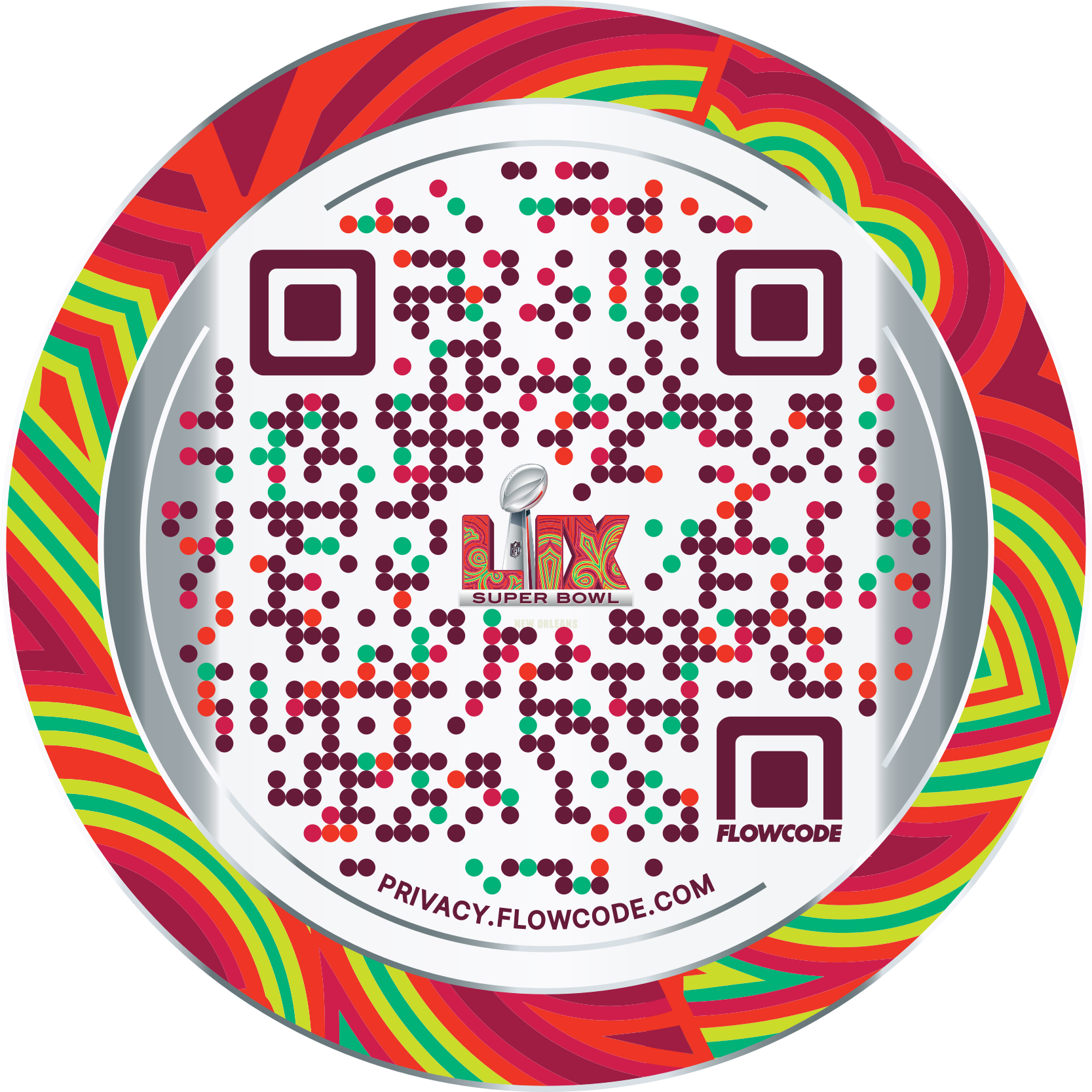
When Quick Response (QR codes for short) first came on the scene, they were exponentially more powerful than regular barcodes. Unfortunately, they didn’t quite match the market, and they temporarily faded into near-oblivion. Although QR codes are experiencing a resurgence, a new technology emerged in the meantime: NFC, or Near-Field Communication. Both promise instant connection via consumers’ smartphones.But which is better for marketers? Let’s take a deep dive into both technologies’ benefits and drawbacks.
How do QR codes and NFC work?
To understand the optimal uses of QR versus NFC, one must understand each one’s opportunities and limitations. Each technology has pros and cons for its unique functionality.
NFC uses RFID (radio frequency identification) to transmit information between the smartphone and another device called an NFC “tag.” The tag and the reader talk to each via a magnetic field. The “active” NFC-enabled device is the one that can both read and send information, while the “passive” device is the tag that simply stores information.
QR codes store information in complex images comprising a series of squares in varying arrangements. When a scanner (usually, a smartphone’s camera app) passes over the code, it processes the pattern of squares and spaces to read a digital destination that’s encoded in the image. Most scanners can then launch the appropriate app (a web browser, Facebook Messenger, etc) to complete the link. QR codes can be printed just about anywhere, on any material, and depending on their size, can be scanned from a relatively far distance. However, they are always passive: They can only send information and they cannot accept input from other devices.

What are the differences between QR codes and NFC?
As mentioned above, QR and NFC are typically passive devices: They send information to a reader, i.e. a smartphone. However, NFC-enabled devices can also be active, as in the case of wireless pay readers that can talk to smartphones. Currently, QR codes cannot accept input. This creates limitations for QR-based marketing and customer experience, as we’ll discuss in a moment.
NFC tags can also be unobtrusive, while QR codes need to be placed prominently. Still, QR codes are now so recognizable that they constitute a prompt for the user to take action, while NFC tags don’t produce the same impetus for customers to whip out their smartphones.
Also, QR codes can go the distance — literally. NFC devices can only talk to each other within a range of approximately one foot, but people can potentially scan QR codes from a hundred feet away if the code is large enough.
Finally, NFC tags can be used to establish a secure connection over which sensitive information can be instantly transferred. However, as long as QR codes are used passively, there’s little need for them to have this functionality. The QR code need only send information, and it can direct users to a secure website, for example, thereby shifting the burden for secure connection.

How can QR and NFC best be used?
Both QR and NFC can be part of your marketing strategy. Let’s start with the consumer experience in a real-world space. Because QR codes can be scanned from a distance, they’re ideal for merchandising displays, billboards, posters, and other advertisements. Users will take them as a prompt, and QR-savvy marketers often see higher engagement than if they left users to look up information on their own. Because NFC requires such a close range, it’s not ideal for these use cases.
Tangible products benefit from digital enhancement, and both QR and NFC have a lot of potential in that regard. For example, you may want to direct customers to a how-to video or social media profile related to the product they have in their hand. Which should you use: QR or NFC? Remember, QR codes have to be printed in a visible way, while NFC tags can be concealed. That means that NFC tags are ideal for clothing and other durable products, while QR codes are better for packaging and other short-term use cases.
It’s important to note that while QR codes are typically free, NFC tags cost between 10 and 20 cents each. If you have a lot of products you’d like to NFC-enable, that can add up quickly. For that reason, you should also ensure that the NFC tags send the consumer to a digital link that adds value over time.
Which should I choose: QR or NFC?
Let’s go over a couple of scenarios in which you might face this question:
Scenario A:You’re producing a music festival. You want to encourage people to purchase tickets, then spread the word among their friends. Once they’re at the festival, you want them to check-in regularly on social media. You also want them to be able to easily gain access to the shows that they’ve purchased, as well as purchase new tickets on the fly.
You can use a combination of QR and NFC to meet your needs. Your setup might look like this:
- Create a QR code to your Eventbrite page and print it on your event posters.
- Mail purchasers a bit of swag, such as NFC-enabled sunglasses or a wristband, that links them to the official website.
- Post QR codes around the festival space at designated “selfie stations.”
- Send QR codes for each show in the festival so that festival-goers can simply show the code on their phone to your ticket-taker.
- Use NFC to enable payment processing for at-the-door ticket purchases.
Scenario B:You run a small business that has both a brick-and-mortar location and an e-commerce site. You want to be digitally savvy and able to provide a seamless customer experience. Not all of your products are available in-store, so you want to encourage your in-store customers to shop online.
Again, a combination of QR and NFC would be ideal.
- Create a QR code for your merchandising displays that directs users to view related products on your e-commerce website.
- Use NFC to handle purchases in-store.
- Include QR codes on your business cards or receipts to encourage customers to visit your e-commerce site.
- Sell NFC-enabled products that send customers to your social media profile.
As it turns out, NFC and QR are not actually at odds. They each have their own strengths that lend themselves to particular use cases. A truly digital-savvy marketer or business owner can use both technologies to provide a better experience for their customers. Thankfully, getting started with QR is easy: Head over to Flowcode.com and start generating QR codes for your advertising, product packaging, merchandising, and post-purchase materials e.g. receipts. You can sort, label, and otherwise organize them all in your Flowcode dashboard.
It’s time to level up your business. Get started today!
Connect to unlock a personalized demo


































.png)
















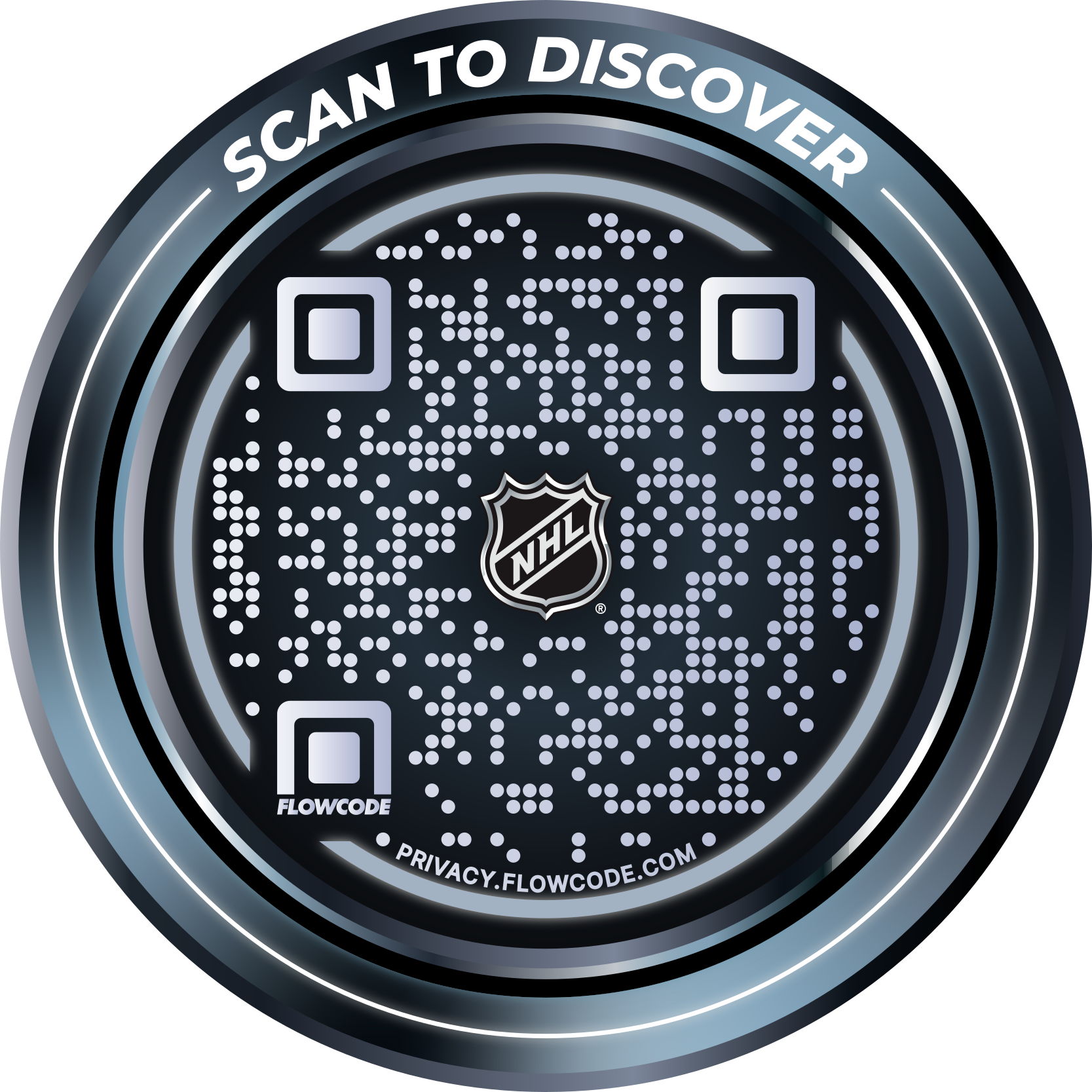
.png)
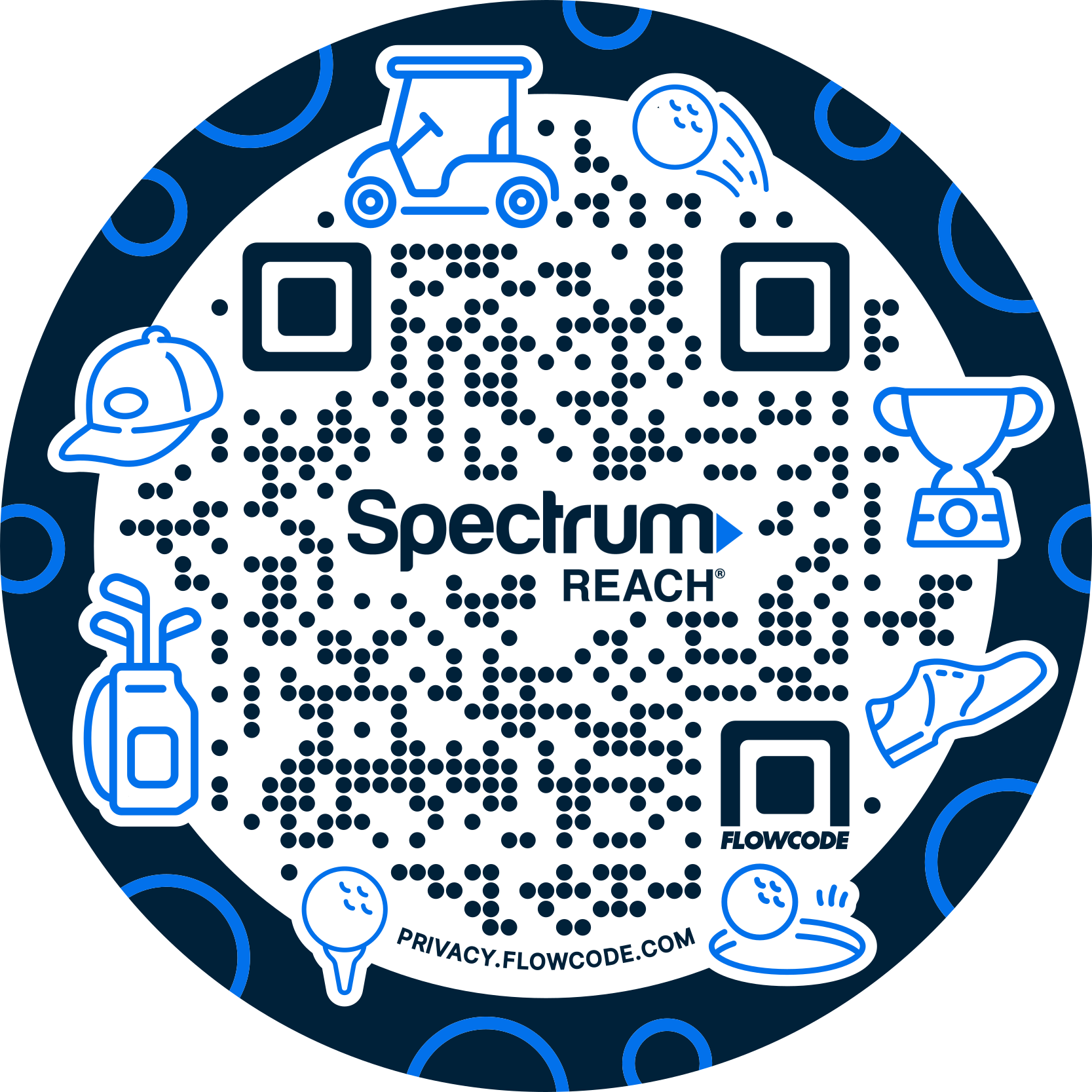


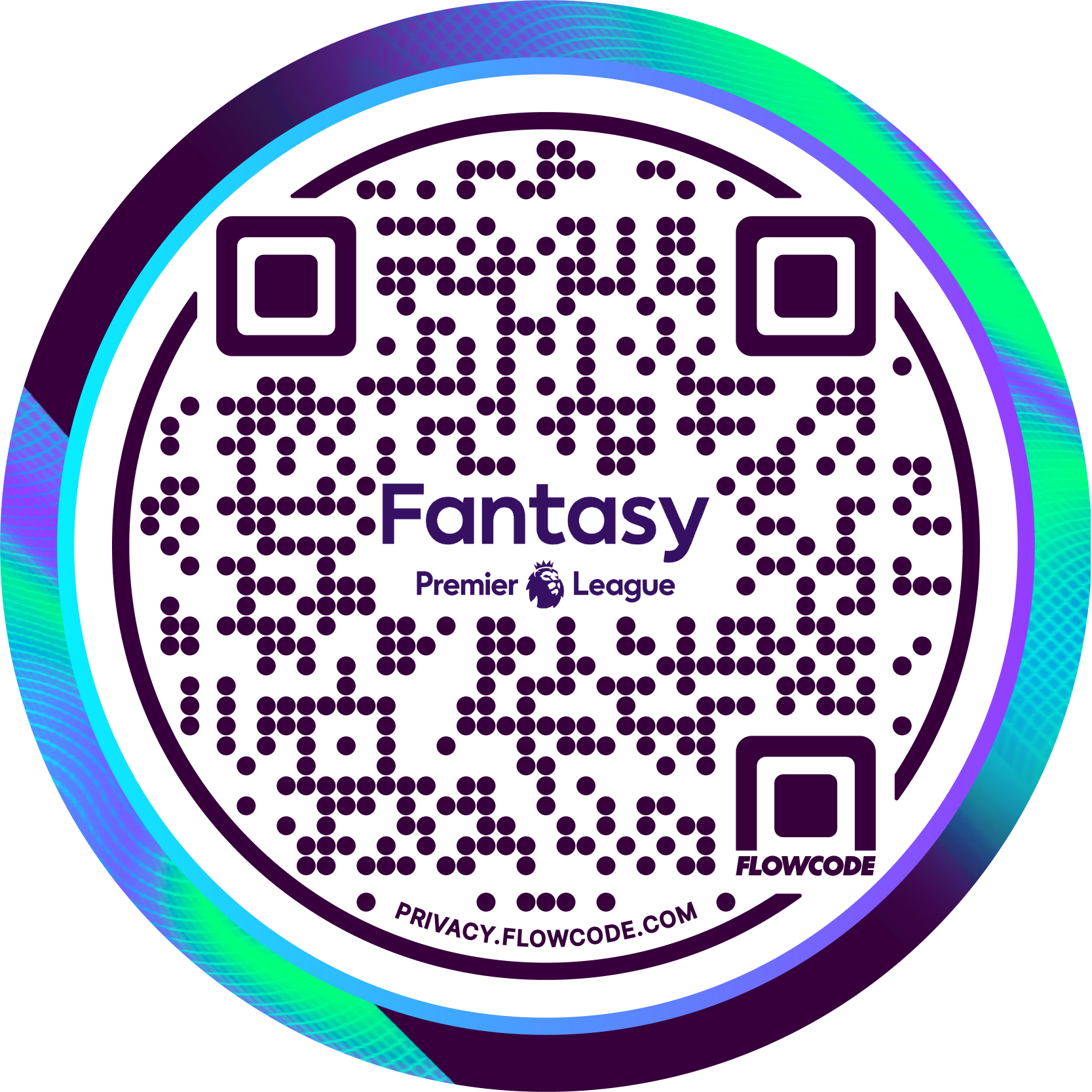
.png)
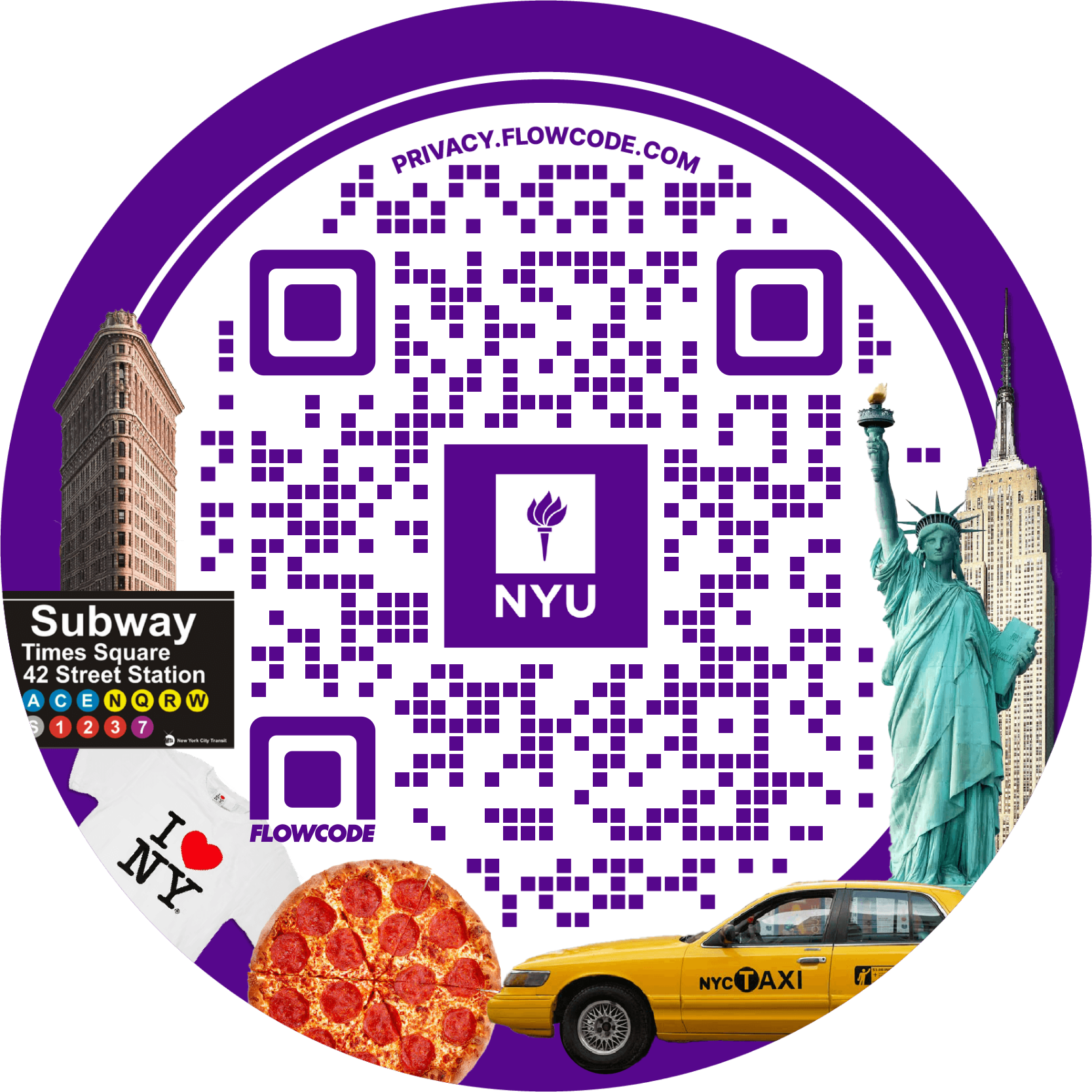
.png)
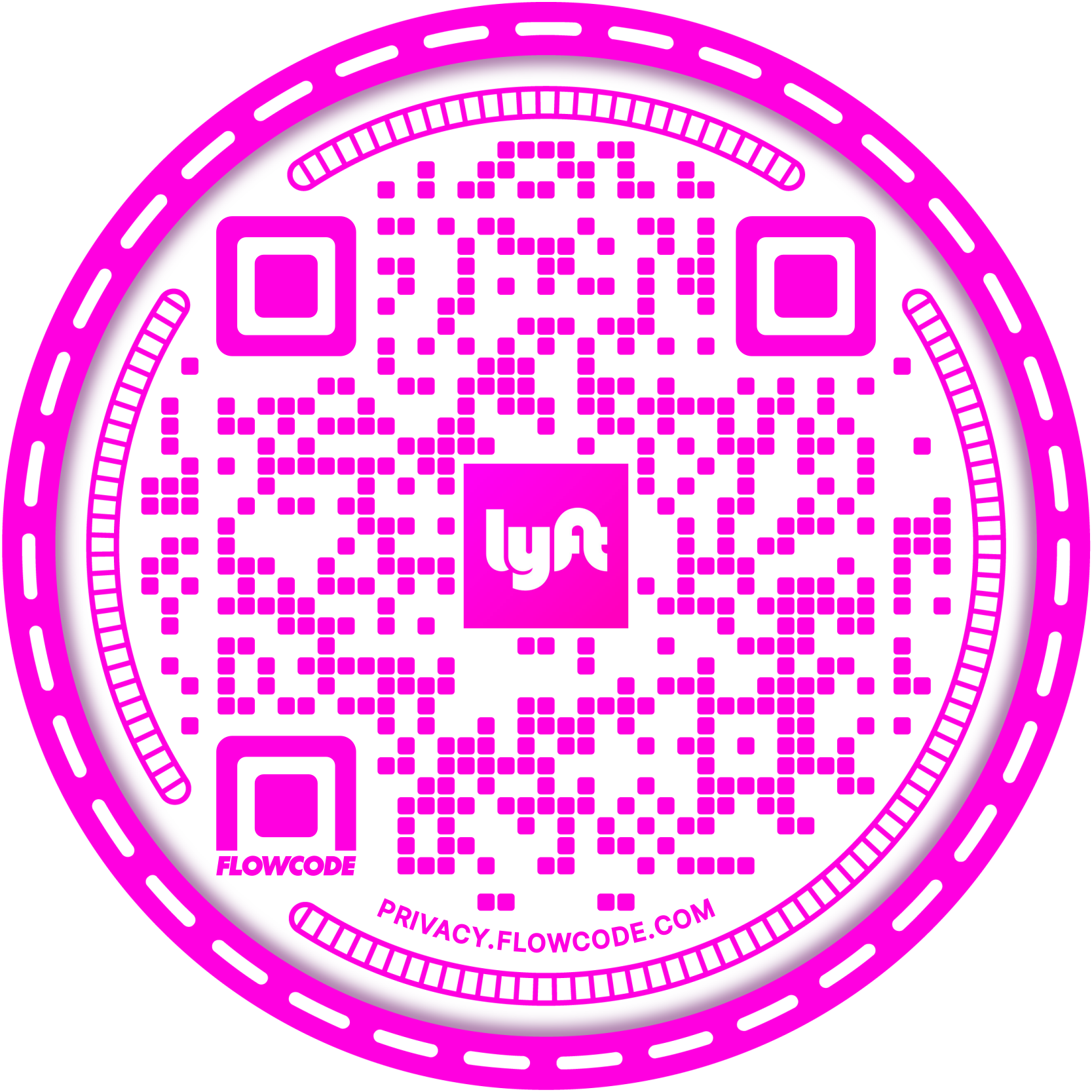
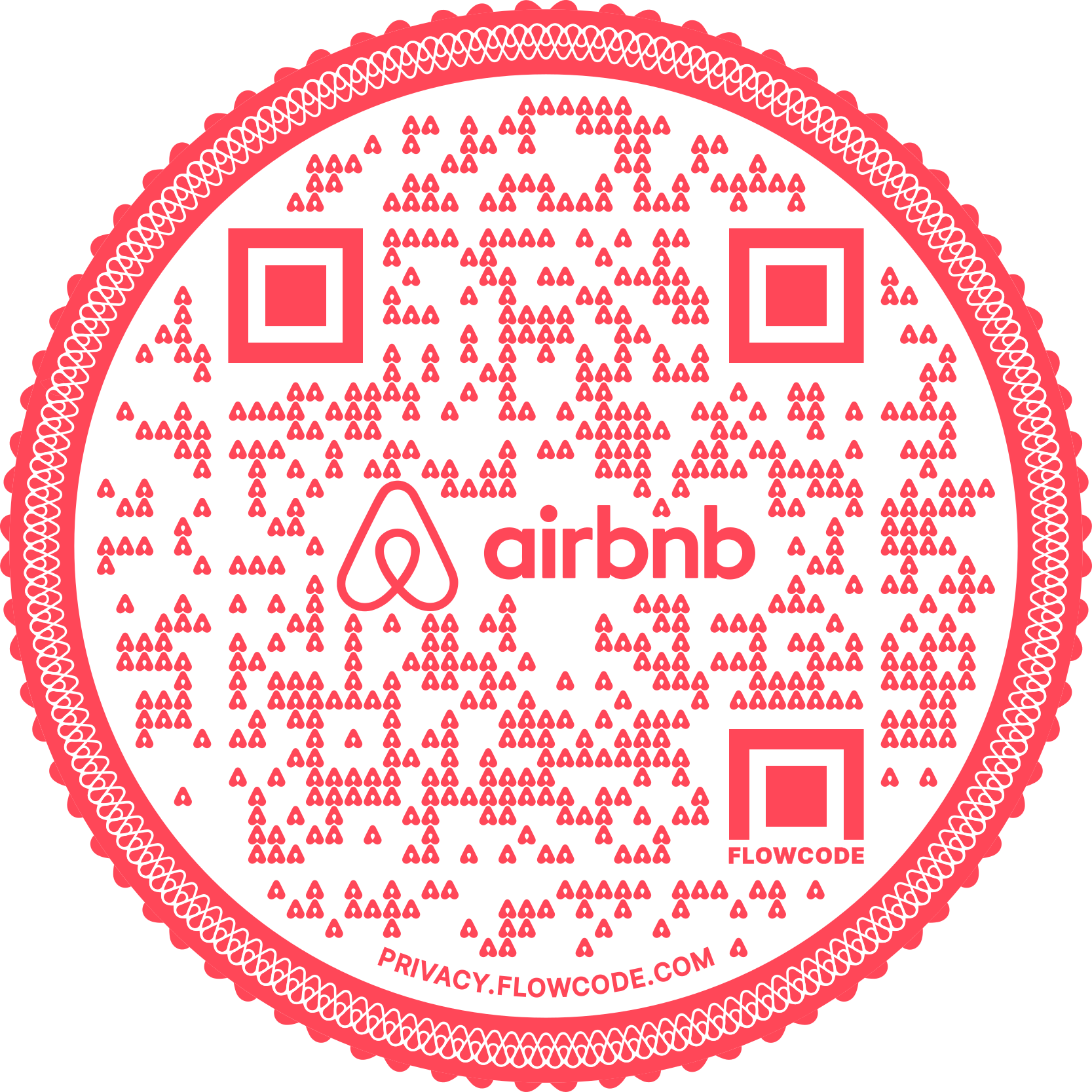
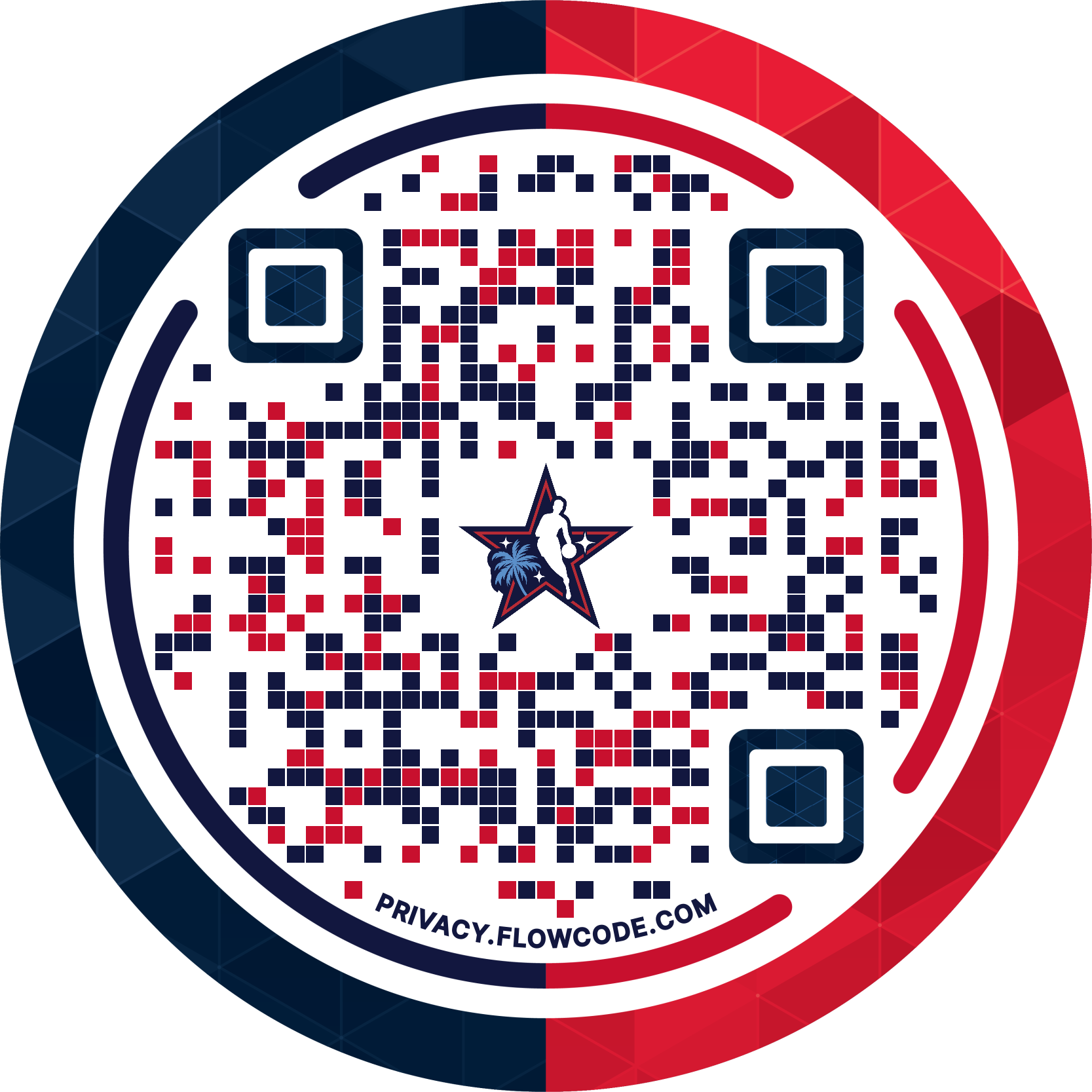
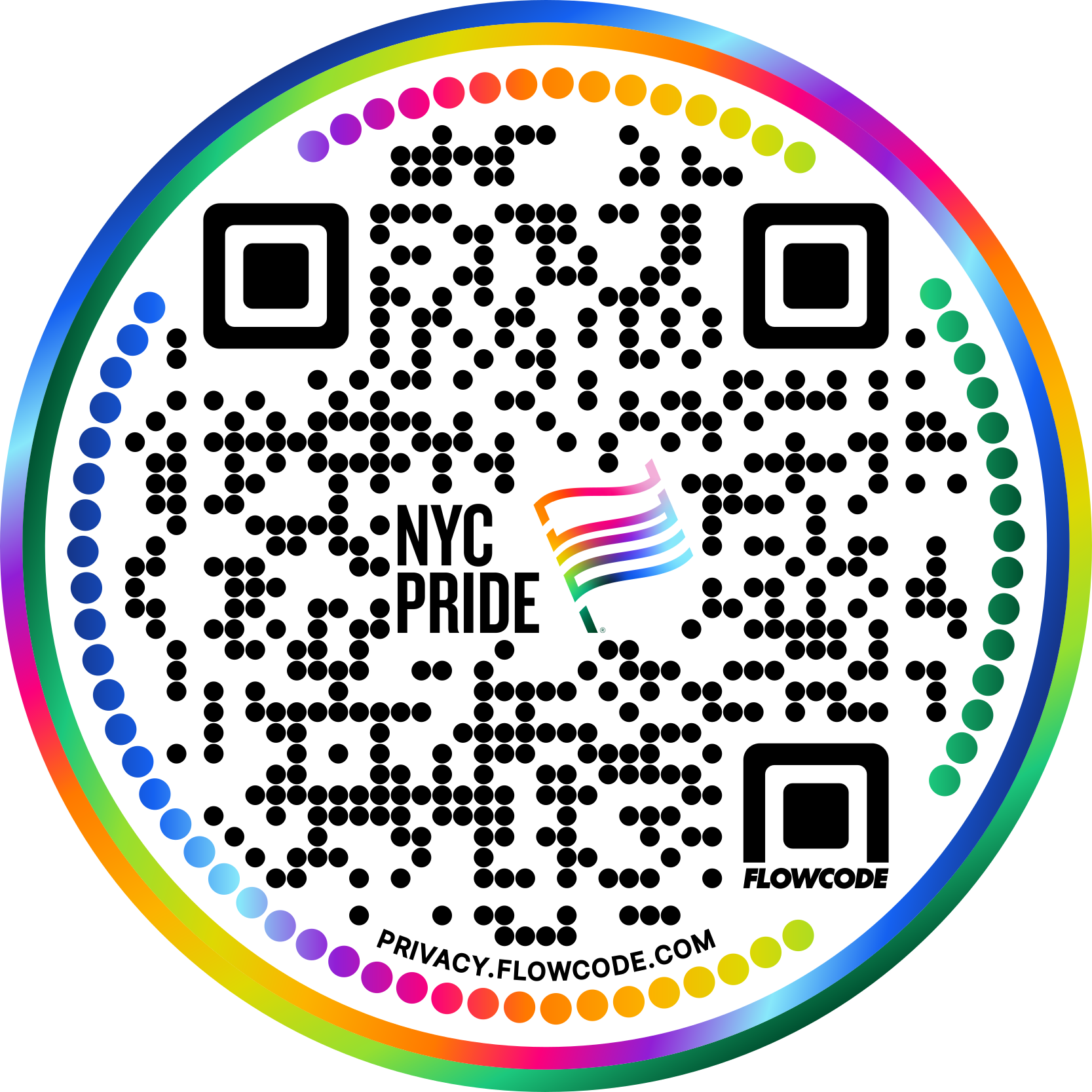


.png)


.png)
.png)
.png)

.png)

%20copy%203.png)






.png)


